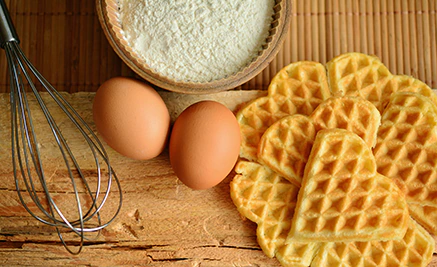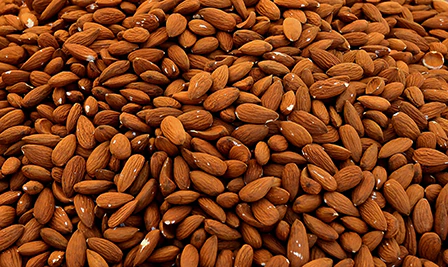| Additive Summary | Riboflavin (E101) |
|---|---|
| Essence | As an additive, Riboflavin or E101 is used as a natural food dye ingredient which helps to achieve a yellow to an orange color while also adding a bitter taste and having a slight odor. |
| Names | Riboflavin, E101, Vitamin B2, Lactoflavin, Riboflavine, Riboflavin 5′-Phosphate Ester Monosodium Salt. |
| Sourcing | As an additive, it can be sourced from a wide variety of products. However, for commercial use, it is typically sourced from yeasts. |
| Manufacturing | Commercially, Riboflavin is made with the help of various microorganisms. These microorganisms are typically various fungi or bacteria. More specifically, Ashbya gossypii, Candida flaveri, Candida famata, Corynebacterium ammoniagenes, Bacillus subtilis, and Micrococcus luteus. |
| Application | Coloring (yellow to orange, very water-soluble). |
| Acceptable Daily Intake | Typically, even extremely high doses of Riboflavin don’t cause any damage as our bodies are very capable of excreting it through urine whenever there’s too much of it. To that end, even when used in doses up to 400 milligrams daily for as long as 12 months only abdominal pain and diarrhea were observed. |
| Side Effects | None. It can cause abdominal pain or diarrhea if present in extremely high doses (400 milligrams daily for 3-12 months). Such are never even remotely the case when used as an additive. |
| Benefits | While it is used as an additive for coloring, it’s also a form of Vitamin B2. As a Vitamin B2, it can help with red blood cell production, energy levels, support cellular functions, helps break down carbohydrates, proteins, and fats, promote brain function, aid skin health, fosters healthy digestive tract lining, and others. |
| Studies | 19,850+ studies on Pubmed. 560+ studies on safety. |
| Allergens | None. |
| Diet Restrictions | Typically none. But sometimes Riboflavin (E101) can be vegan incompatible. |
| Assessment (As An Additive) |
Slightly beneficial, at the very least. |
| Products | Used in supplements like Amway Nutrilite Double X, Centrum Silver Men 50 Plus, Olly Women Multivitamin, and others. Naturally found in foods like eggs, milk, cheese, and dairy products, green vegetables, mushrooms, meat, almonds, liver, and others. Also, gets used in bread and peanut butter. As a synthetic addition used to fortify any kind of grains, sauces, soups, and others. |




Great article!!